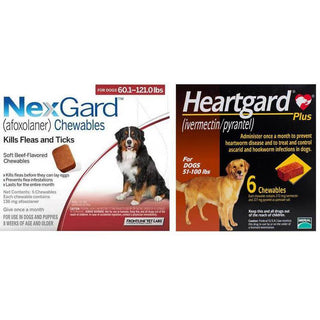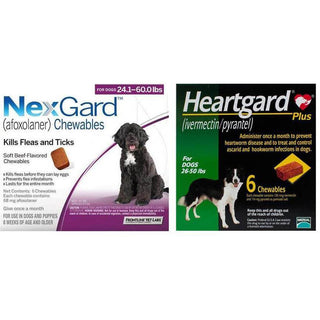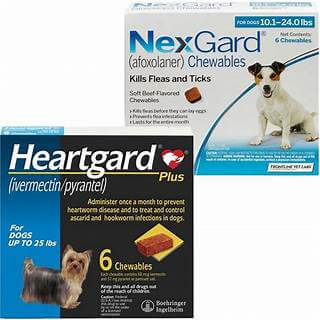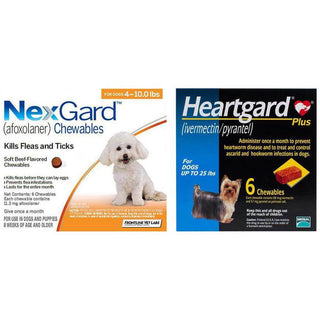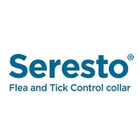
Many dog owners wonder whether tuna—a common and protein-rich fish—can be safely shared with their furry companions. Tuna is packed with nutrients that are great for humans, but when it comes to dogs, moderation and preparation make all the difference.
Let’s explore whether tuna is good for dogs, its benefits and risks, and the best ways to include it safely in your pet’s diet.
🐶 Can Dogs Eat Tuna?
Yes, dogs can eat tuna—but only occasionally and in small amounts. While tuna offers lean protein, omega-3 fatty acids, and essential vitamins, it also contains higher mercury levels compared to other fish. Regular or large servings can lead to mercury buildup, which may be harmful over time.
If you want to give your dog a taste of tuna, it should always be cooked, plain, and boneless—never raw or heavily seasoned.
🐟 Nutritional Benefits of Tuna for Dogs
Tuna is a nutrient-dense fish, offering several benefits when served correctly:
1. High-Quality Protein
Tuna provides a rich source of lean protein that helps build strong muscles, repair tissues, and maintain energy. Energetic or highly active dogs may enjoy small portions of tuna as an occasional, nutritious reward.
2. Rich in Omega-3 Fatty Acids
Omega-3s (EPA and DHA) help maintain healthy skin and a shiny coat, reduce inflammation, and support heart and joint health. These fatty acids also boost brain development in puppies and cognitive function in senior dogs.
3. Packed with Essential Vitamins and Minerals
Tuna provides key nutrients like vitamin B12, niacin, potassium, and selenium, all of which help support a healthy immune system, metabolism, and overall well-being.
⚠️ Potential Risks of Feeding Tuna to Dogs
While tuna offers several health benefits, it also carries certain risks that every dog owner needs to understand.
1. Mercury Contamination
Tuna—especially large species like albacore and yellowfin—contains more mercury than smaller fish such as salmon or sardines.
Over time, mercury can accumulate in your dog’s body, leading to mercury poisoning, which may cause symptoms like:
- Loss of coordination
- Tremors or seizures
- Vomiting or diarrhea
- Loss of appetite
- Hair loss or skin irritation
If you suspect your dog has eaten too much tuna, contact your veterinarian immediately.
2. Salt and Seasoning
Tuna packed in saltwater or with added seasoning can be harmful to dogs. High sodium levels can cause dehydration or sodium poisoning, leading to symptoms such as excessive thirst, vomiting, or lethargy. Always choose tuna in water with no added salt or flavoring.
3. Bones and Raw Tuna
Tiny fish bones can cause choking or digestive injuries. Additionally, raw tuna may harbor parasites or bacteria, posing further health risks. Always ensure the tuna is cooked and deboned before feeding it to your pet.
Some dogs are allergic to fish. If your pet exhibits signs such as itching, skin redness, or gastrointestinal upset, discontinue feeding tuna and consult your veterinarian.
🍽️ How to Feed Tuna Safely to Your Dog
If you choose to treat your dog to tuna once in a while, keep these essential safety guidelines in mind:
✅ Choose the Right Type
- Best options: Canned tuna in water (not oil or brine)
- Avoid: Tuna with added salt, sauces, or spices.
- Smaller species, such as light tuna (like skipjack), are safer due to lower mercury levels compared to albacore or yellowfin tuna.
✅ Cook Before Serving
Always cook fresh tuna thoroughly (boiled, baked, or grilled without oil or spices) to remove harmful bacteria or parasites.
✅ Watch the Portion Size
Tuna should only make up a tiny fraction of your dog’s diet. Excessive intake can lead to mercury accumulation or a nutrient imbalance. Here’s a general guideline:
- Small dogs (under 10 kg): 1 teaspoon once a week
- Medium dogs (10–25 kg): 1–2 teaspoons once a week
- Large dogs (25 kg+): 1 tablespoon once a week
Tuna should be treated as an occasional treat, not a daily meal replacement.
✅ Mix with Dog Food
You can add small pieces of cooked or canned tuna (in water) to your dog’s regular kibble to enhance flavor and nutrition—especially useful for picky eaters.
✅ Avoid Tuna-Based Human Foods
Dishes like tuna salad, sushi, or sandwiches often contain onions, garlic, or mayonnaise, all of which are toxic or unhealthy for dogs.
🐾 Healthier Fish Alternatives for Dogs
If you’re looking for fish with similar nutritional benefits but lower mercury levels, consider these safer alternatives:
- Salmon (rich in omega-3s, great for the heart and coat)
- Sardines (tiny fish with low mercury and high calcium content)
- White fish like cod or haddock (easy to digest and lean)
These fish are not only safer but can be included more regularly in your dog’s diet under your vet’s advice.
🩺 When to Avoid Tuna Entirely
Avoid giving tuna to dogs that:
- Are pregnant or nursing, as mercury may affect developing puppies.
- Have kidney or liver disease, since high protein and sodium content can worsen their condition.
- Are allergic to fish or seafood?
If your dog’s diet already includes fish-based meals or supplements, additional tuna may cause nutrient imbalances.
❤️ Key Takeaways
- Tuna is safe for dogs in moderation—small, occasional servings are fine.
- Avoid raw, seasoned, or salted tuna.
- Always cook and debone the fish before serving.
- Monitor portion size and frequency to prevent mercury buildup.
- Safer alternatives, such as salmon, sardines, or white fish, can be fed more frequently.
Remember: every dog is different. If you’re uncertain about introducing tuna into your dog’s diet, consult your veterinarian for personalized guidance.
🌐 Final Thoughts
While tuna can be a tasty and nutritious treat for your pet, it’s not something you should serve daily. Think of it as an occasional reward rather than a pin. By feeding tuna responsibly, you can let your dog enjoy its flavor and nutritional benefits without risking their health.


